Birth Home of Queen Jeongsun (정순왕후생가)
8.0 Km 26382 2024-02-22
39 Handari-gil, Eumam-myeon, Seosan-si, Chungcheongnam-do
Birth Home of Queen Jeongsun is the house where Queen Jeongsun (1745-1805), the queen consort of King Yeongjo (1694-1776), the 21st monarch of the Joseon dynasty (1392-1897), lived until she became queen in 1759. It is estimated to have been built in the 17th century and features the architectural characteristics of hanok, with its distinctive "ㅁ" shape and tiled roof.
Gyeam House
8.0 Km 8410 2021-04-09
45, Handari-gil, Eumam-myeon, Seosan-si, Chungcheongnam-do
+82-41-688-1182, +82-10-2376-8273, +82-10-3045-8273
The House of Kim Gi-hyeon (Gyeam Historic House, National Folklore Cultural Heritage 199) is a hanok with over 100 years of history that was established by renovating a nobleman’s house dating from the nineteenth century and equipping it with modern facilities. The Gyeongju Kim clan has lived in the Seosan area, a fertile stretch of land in the middle of the west coast region, for over 600 years. The house has been open to the public since 2010, and attracts many Korean and foreign guests.
The owner renovated the old house by installing a modern bathroom, sink, kitchen and air-conditioning and filling it with antique furniture, and transformed it into a clean and pleasant tourist accommodation with high-class bedding in order to avoid the stereotype about hanok being uncomfortable. In particular, the kitchen has been transformed into a modern facility where guests can enjoy a cup of tea or a meal. The house is also packed with charming features including a small old well equipped with a pump, a wood-burning stove with an iron pot, and a platform for crocks of sauces and condiments.
The House of Kim Gi-hyeon is home to the small Wadang (Roof Tile) Museum, which contains a collection of roof tiles ranging from the Goryeo Dynasty to the Joseon Dynasty. The friendly owners also run a ‘Wadang Rubbing Experience’ program that is popular among foreign tourists and students alike, and strive to provide all their guests with comfort and relaxation and share pleasant moments with them.
The house’s courtyard reflects the beauty of each season, including flower blossoms in spring, colorful leaves in autumn, and a snowy landscape in winter.
Seosan Buseoksa Temple (부석사(서산))
8.1 Km 16153 2021-11-23
243, Buseoksa-gil, Seosan-si, Chungcheongnam-do
+82-41-662-3824
Located on Dobisan Mountain in Seosan, Chungcheongnam-do, Buseoksa Temple was built by the Great Monk Uisang in 677, the 17th year of King Munmu of Silla, and was later rebuilt by Great Monk Muhak during the Joseon dynasty. The temple houses eight seated Buddha statues and attracts many visitors due to its magnificent surrounding scenery.
Jeonggane Baksok Nakjitang (정가네박속낙지탕)
10.7 Km 22204 2024-02-26
6, Sudeung-gil, Taean-eup, Taean-gun, Chungcheongnam-do
Jeonggane Baksok Nakjitang is a restaurant specializing in baksok nakjitang (gourd and octopus soup, steamed rice not included) and haemul kalguksku (noodle soup with seafood). Baksok nakjitang (gourd and octopus soup) is a folk dish of Taean, a soup made with octopus sourced from Taean’s tidal flats and calabash. This restaurant uses only the freshest octopus caught from Taean’s tidal flats, so the octopus remains chewy and tender even after boiling. Noodles can be added to the soup. Taean’s proximity to the sea and its extensive tidal flats make seafood from Taean plentiful and delicious.
Haemi Martyrdom Holy Ground (Yeosutgol) (해미순교성지(여숫골))
11.1 Km 24160 2020-03-06
13, Seongji 1-ro, Seosan-si, Chungcheongnam-do
+82-41-688-3183
Haemi Martyrdom Holy Ground is the site where nearly 1,000 Catholics
in Chungcheongnam-do were buried alive during the time between the Byeongin Persecution in 1866 and 1882. At that time, Catholics were executed outside Haemieupseong Fortress' Seomun Gate (West Gate). As it was difficult to execute them one by one, the martyrs were buried alive in a big hole all at once. When confronted with their deaths, the martyrs prayed while singing 'Yesumaria' (Jesus Maria). Because it also sounds like "Yeosumeori", the place was called 'Yeosutgol' as well.
The 16-meter-high memorial tower was set set up near Haemicheon Stream to pay tribute to the nameless martyrs who were buried alive. Many Catholics visit this location every year to remember and honor the martyrs who sacrificed their lives for their belief.
Seosan Haemieupseong Festival (서산해미읍성축제)
11.8 Km 21899 2024-06-05
143 Nammun 2-ro, Seosan-si, Chungcheongnam-do
+82-41-660-2697
Seosan Haemieupseong Festival is held every October at Haemieupseong Walled Town, a fortress with over 600 years of history. Various events and programs are offered including an overnight program in front of the fortress. Exciting performances such as a reenactment parade, traditional music performances, and fireworks are also planned.
Haemieupseong Walled Town (서산 해미읍성)
11.9 Km 25132 2021-08-18
143, Nammun 2-ro, Seosan-si, Chungcheongnam-do
+82-41-661-8005
Haemieupseong Walled Town is a representative fortress from the Joseon period. Additional famous walled towns in Korea include Gochangeupseong Walled Town and Naganeupseong Walled Town. Haemieupseong Walled Town was established in 1491 during the 22nd year of King Seongjong. Its perimeter is approximately 1.8 kilometers, the x_height is 5 meters, and total area is 196,381 m², making it a huge fortress. Through restoration and purification projects, its old image has been restored as a historic park and it is famous as a site of Catholic martyrs' in the late Joseon era.
During the persecution of Catholics, many Catholics from Chungcheong-do were forced to come to Haemieupseong Walled Town where the administration office was located. Upon arrival, they were tortured to death. In particular, approximately 1,000 people are recorded as having been executed during the persecution in 1866.
The plaza inside of the fortress has a prison site where Catholics were chained up under the Daewongun government, and a gigantic old tree which was the tree used for torturing. The stones which were used for thrashing are located outside of a fortress gate and have become a holy place.
Baekhwasan Mountain (Taean) (백화산(태안))
12.3 Km 22012 2024-02-22
41-2 Dongmun-ri, Taean-eup, Taean-gun, Chungcheongnam-do
Baekhwasan Mountain, standing at 258 meters tall and located north of Taean, is relatively small, allowing for an easy climb. Its name, Baekhwa, is derived from the appearance of the snow-capped mountain, which resembles a white cloth draped over its peak. The mountain is rich in pine trees and rocks and is home to historical sites such as the Rock-carved Standing Buddha Triad in Dongmun-ri, and the Baekhwasanseong Fortress. A suspension bridge spans a cliff on the mountain, and the summit offers a spectacular view of the sunset.
Taean Taeeulam Hermitage (태을암(태안))
12.6 Km 23607 2021-07-30
78-132, Woni-ro, Taean-gun, Chungcheongnam-do
+82-41-672-1440
Taeeulam Hermitage is well-known for Rock-carved Standing Buddha Triad, designated as National Treasure No. 307. Featuring gently smiling Buddhas, Taean’s Budda Triad has a unique formation with a smaller Bodhisattva figure set in the middle with two Buddha statues on the sides, being different from a typical triad which usually features a main Buddha in the middle surrounded by two Hyeopsi Bosal (Buddhist saint) on the sides.
Taeeulam Hermitage is located on the western coast, providing opportunities to interact with China and Chinese culture but this also allowed for frequent appearances of foreign raiders. With this geographical background, Taean was able to accept Chinese precedent culture earlier than other areas and established excellent Buddhist cultural relics.
Seosan House of Yu Gibang (서산 유기방가옥)
13.2 Km 30870 2024-03-11
72-10 Imunan-gil, Seosan-si, Chungcheongnam-do
House of Yu Gibang was built in the early 1900s and measures 4,770㎡. As a valuable historical asset, it was designated as a Chungcheongnam-do Folk Culture Heritage on October 31, 2005. The house faces south on a low mountain with a thick pine forest background. A courtyard is at the center of the house, created by the straight line-shaped anchae to the north, the haengnangchae to the west, and a chat room with anchae to the east. Initially, there was a middle gate in front of the anchae, but it was demolished in 1988 and replaced with a pavilion-shaped gate as seen now.
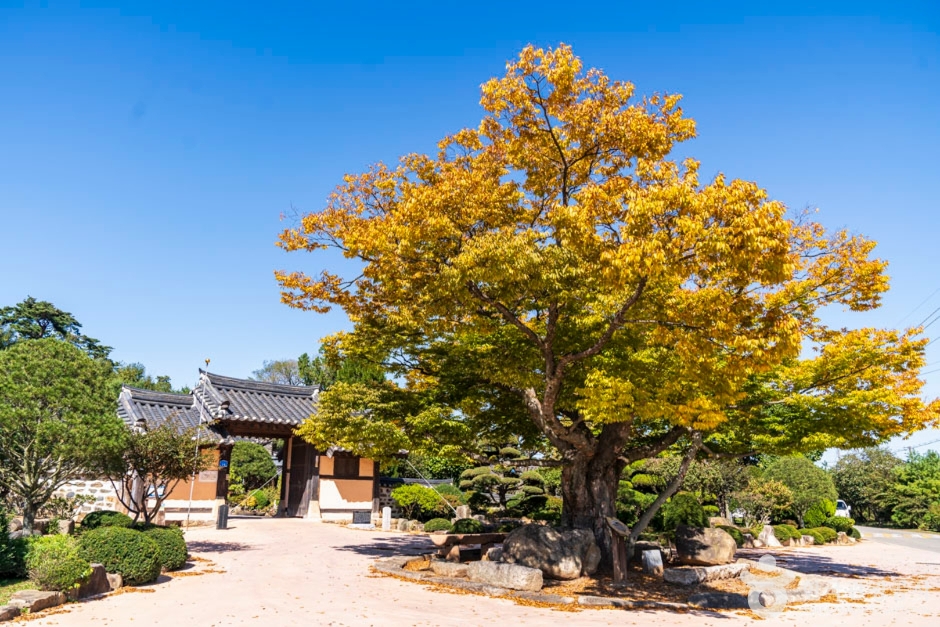
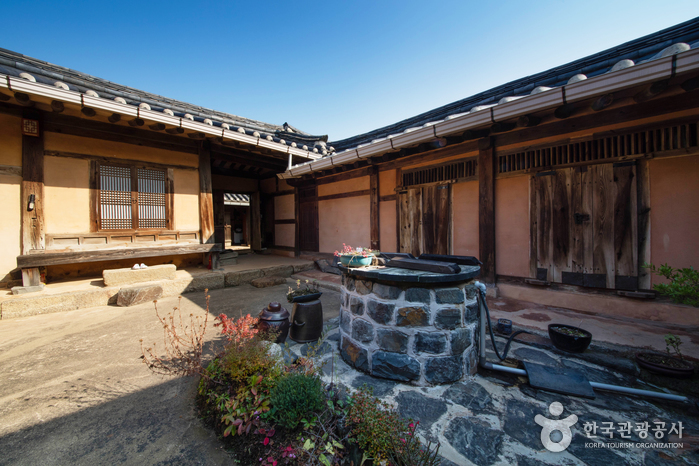
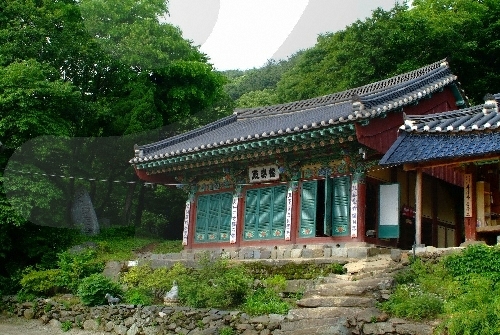

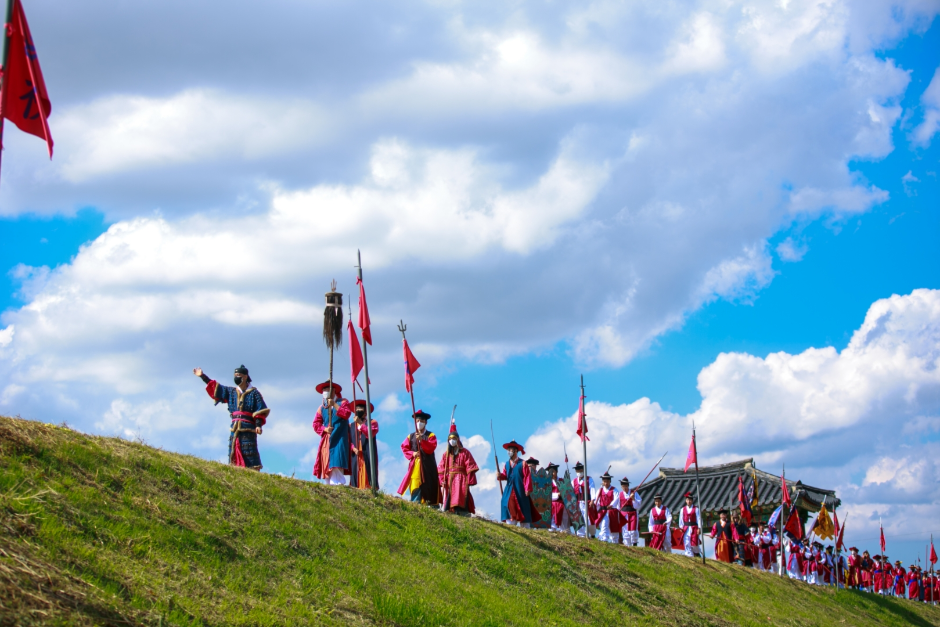
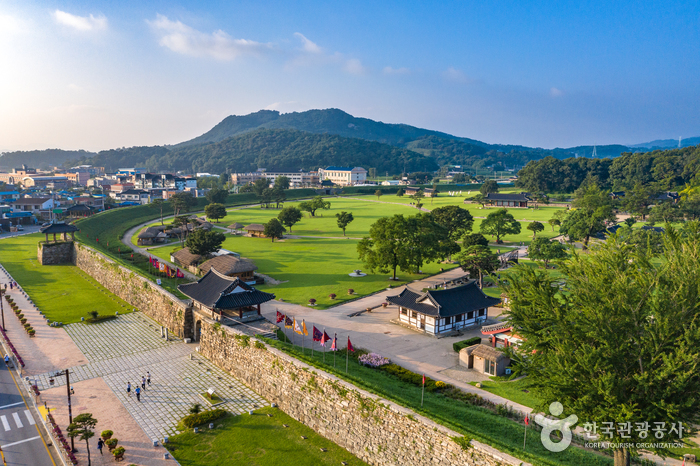

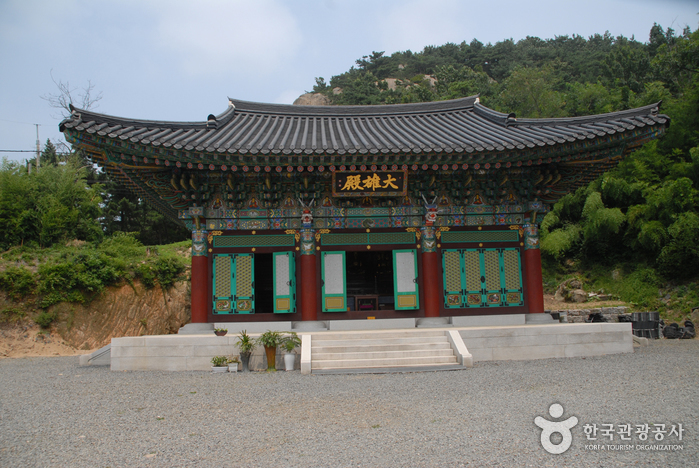
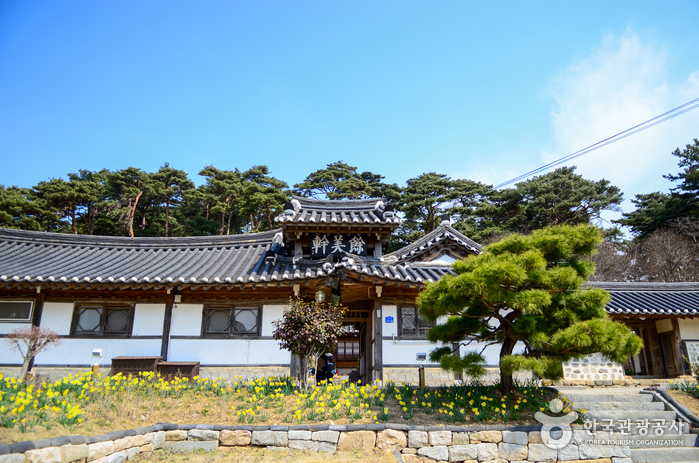
 English
English
 한국어
한국어 日本語
日本語 中文(简体)
中文(简体) Deutsch
Deutsch Français
Français Español
Español Русский
Русский